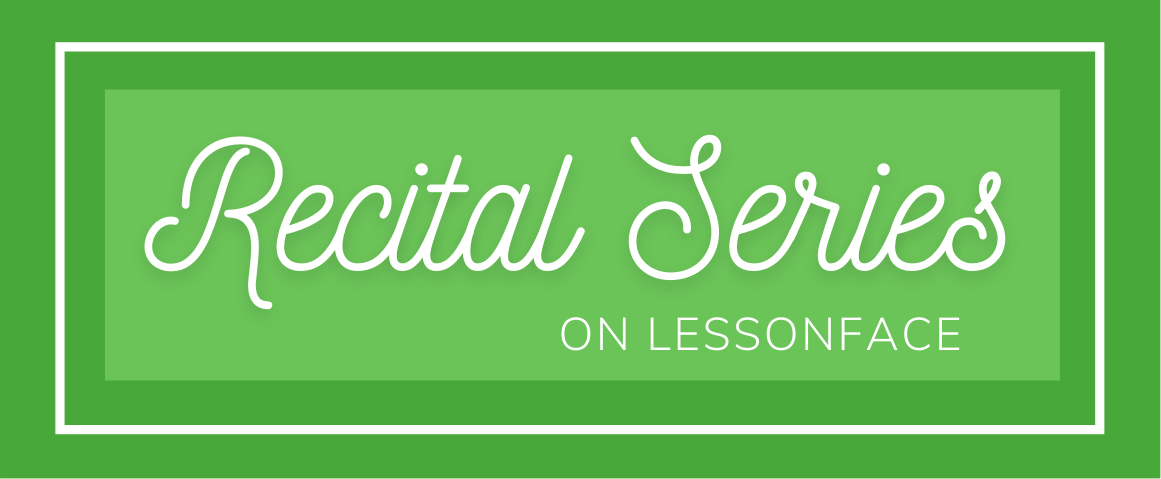Hi all! It was great to see you all in the first meeting of 'Rhythm and Rasgueos' yesterday.
I'm sharing the PDF we used yesterday here for any students considering joining the class a bit late. FYI, the handout (particularly the section 'Rasgueo Basics') is designed to go with the class video, not stand alone. Also, for those of you new to flamenco, you might be interested in this post on metronomes and flamenco compás apps and tracks: https://www.lessonface.com/forums/guitar/118115-do-you-need-flamenco-metronome
Feel free to post any questions here about class material. If you'd like some feedback about your playing, you can also record or upload videos directly to this post :)
Looking forward to the rest of this course, thanks for being a part of it!
Leah
PS - for any student interested in joining after the start date, all the classes are recorded and you'll be able to catch up. The page to enroll is lessonface.com/rhythmandrasgueos





Hi Leah, I have a question with the Solea compas, is this a different way to play Solea compas, in reference to accent beats 3, 6, 8, 10, 12? Or is it sometimes played like this? It has a different feel, I am going to guess that it's for variety, but doesn't it throw off the dancers with the change? Sorry this might be out of the scope of the group lesson.
Hi Lou, you mean the way we played Solea compás in class versus the way compás is written in your Dennis Koster books? Actually both ways are pretty typical examples of Solea compás. The differences (in rasgueo type and placement for example) might seem big to you because you're studying and learning every finger movement. But for a dancer the differences would be very subtle. The accents and where the chords change are the same in both versions, and even though we talk about them a lot in class, they're really already in the music you're playing.
There's another way of playing Solea compás with arpeggios (on Am and C) that I think is in your book, which would be more appropriate in lower energy moments, but a dancer would be used to hearing many variations of that one too.
In short, every guitarist and the way they play compás varies (even from day to day, as we're always looking for fresh ideas), but once you've been playing flamenco a while you know the essence of a palo and how to vary things in a way that stays true to the palo.
Does this answer your question? If I'm not understanding the question, maybe you can share a snapshot of the two pieces of music you're comparing?
I think my confusion was over thinking that in the class handout beat 9 is accented because it's 1/8 notes, a change from rasqueos, in Koster book the rasqueos is followed by 1/8 notes on the accent beat. I see that beat 10 in the class handout is the accent with 1/8 notes as is 12. My bad, I was used to seeing the rasqueos followed by the 1/8 notes on the accent beat, kind of tunnel visioned. Thanks, as I listen to flamenco I hear that the essence of the palo and that things vary but stays true to the palo, I"ll listen more closely to the dancers and cante for a rounder picture of how it all fits together. I could understand the variety in guitar solos, but wondered if dancers were thrown off by it. Then again I guess drummers keep the beat with variations. Alot to learn about flamenco and guitar accompanyment.
Hi Leah, is a tango from Spain fundamentally different from a South American tango? I'm not talking about Neuevo Flamenco, I'm asking about traditiona tango palo and melody. I read somewhere it was different and not traditional Spainish tango. The addition of various instruments in South American rumba is a difference or have I not expanded my listening to Spanish traditional tango. When listening to traditional flamenco guitar, Sabicas, Nino Ricardo etc, the tango is different from South American even if it is only guitar.